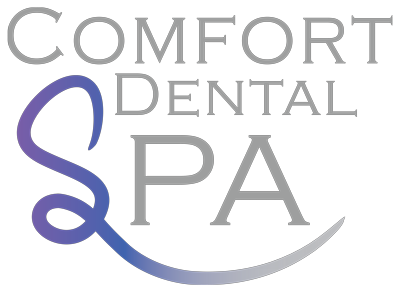Like most things, the art of caring for your teeth has advanced greatly since the first primitive attempts of our ancestors. Nevertheless, our oral health in general is still guided by the same principles, and it’s interesting to discover how humanity of old sought to treat and relieve the issues that plagued the smiles of their times. Find out how these attempts compare to the innovations we enjoy today by reading our brief history of dental hygiene’s advancements.
From Past to Present
The Toothbrush
Then: The earliest known toothbrush was fashioned around 3500 BC in ancient Egypt and Babylonia and consisted of a twig with a frayed end. Around 1600 BC, the Chinese developed chewing sticks that helped freshen breath, and they’re credited with inventing the first natural toothbrush, composed of bamboo or bone handles that held bristles from a pig’s necks. The Europeans soon copied the design, substituting pig’s bristles with horsehair, and occasionally feathers.
Now: Today, we better understand the vital importance of controlling plaque on a daily basis, and have drastically refined the toothbrush to more effectively do that. Common toothbrushes are angled to better reach those difficult spots behind and around your teeth. Softer bristles help prevent damage to your tooth enamel, and for patients whose movements are restricted due to a medical condition, motorized toothbrushes can do the manual labor for you.
The Toothpaste
Then: Before toothbrushes were invented, Egyptians used paste to clean their teeth (ca. 5,000 BC). Around 500 BC, the inhabitants of modern-day China and India used a primitive version of modern toothpaste. Ingredients for this early dental hygiene product included crushed bones and oyster shells, the powdered ashes of oxen hooves, myrrh, eggshells, and pumice. While many of these ingredients may prove just abrasive enough to scrub your teeth clean, they probably didn’t do much to cure morning breath.
Now: By understanding the composition of your teeth, experts are able to develop hygiene products that specifically boost your teeth’s defenses. Today’s toothpastes commonly include baking soda, which cleans the surfaces of your teeth and helps neutralize acid produced by oral bacteria that can erode your tooth enamel. Fluoride is also a common toothpaste ingredient; the mineral helps strengthen your enamel by binding to its surface, much like enamel’s core minerals, calcium and phosphate. Also, most toothpastes have a minty or other fresh taste to help make your breath as presentable as your smile.
